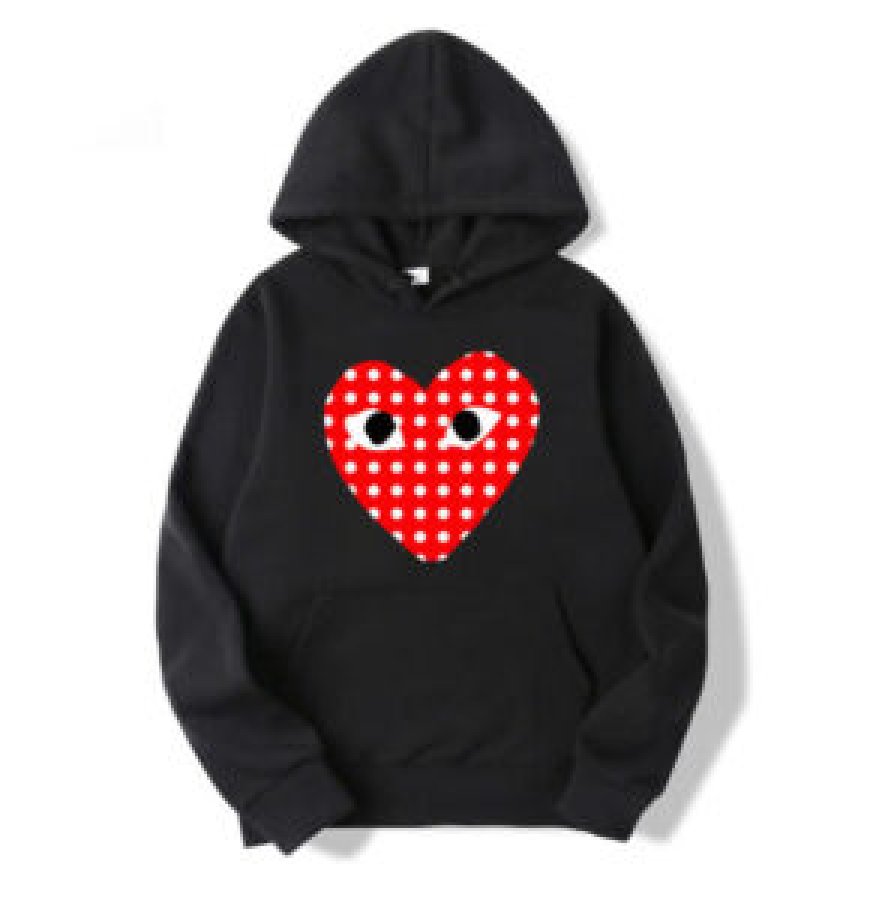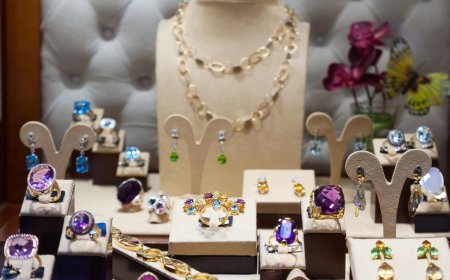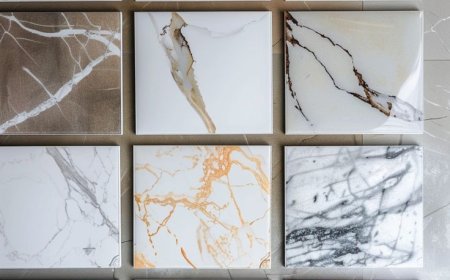Chasing Elegance Through a Maze of Misaligned Seams: Comme des Garçons

In the ever-churning machinery of fashion, where seasonal trends rise and fall like waves on a fickle tide, few names have achieved both cult devotion and critical reverence like Comme des Garons. At once mysterious and confrontational, Rei Kawakubos label isnt just a clothing brandit is an enduring art project, a puzzle box of design meant to be decoded, if not necessarily solved. Comme des Garons doesn't cater to the appetite of mass appeal; rather, it has built its own language, one that whispers in deconstructed silhouettes, asymmetrical lines, and garments that challenge not only the body but the very concept of beauty.
The Birth of Rebellion in Fabric
When Rei Kawakubo founded Comme des Garons in 1969 and later debuted in Paris in 1981, her arrival sent shockwaves through the polite world of European fashion. It was a time still steeped in ideals of glamour, opulence, and body-contouring elegance. Kawakubo, on the other hand, offered garments that looked like they had survived an explosion, or perhaps been conjured from a post-apocalyptic dreamscape. Torn fabrics, unfinished hems, and a near-monastic color paletteprimarily blackformed the aesthetic code of a brand that dared to oppose Western ideals of symmetry, sex appeal, and feminine grace.
To the untrained eye, the early Comme des Garons collections seemed like accidents. Critics used words like bag lady or poverty chic to describe the look, missing the point entirely. Kawakubo wasnt trying to flatter the body in a conventional sense; she was presenting a vision of elegance that existed beyond physical seduction. She was pursuing a different kind of beautyintellectual, somber, and frequently uncomfortable.
The Poetry of Misalignment
To wear Comme des Garons is to participate in a silent rebellion. The seams dont align. Sleeves end prematurely or start too late. One side of a jacket might resemble armor, while the other drapes like a wilted petal. These arent mistakesthey are statements. The asymmetry is deliberate, a way of provoking thought, a visual metaphor for the instability of perfection. In a world that craves neatness and control, Kawakubos work insists on imperfection as a kind of sublime honesty.
Misaligned seams in Comme des Garons are more than design quirks; they are symbolic ruptures. They disrupt the expectation that clothing should serve the wearer in a utilitarian or flattering way. In this universe, garments are not merely wornthey are encountered. A jacket might obscure a shoulder completely, forcing the wearer to rethink their posture and how they occupy space. A skirt might balloon like a cloud on one side while remaining slim on the other, teasing the observer with optical contradiction.
This poetry of misalignment also redefines how elegance is perceived. Elegance, in the world of Comme des Garons, does not lie in the obvious. It is not in pristine tailoring or hourglass silhouettes. Its in the courage to be fragmented, the audacity to be incomplete, and the grace to wear dissonance like a second skin.
The Woman Behind the Curtain
Rei Kawakubo is famously reclusive, preferring her work to speak for itself. Her refusal to explain her collections in interviews is not rooted in arrogance but in the belief that fashion, like all art, should provoke individual interpretation. The Comme des Garons runway shows are cryptic, emotional performances that feel more like theatre than commerce. They are full of visual riddles and garments that may never make it to the retail floor.
Kawakubo does not design clothes for function. She designs experiences. Her vision is not limited by wearability or seasonality. This has made Comme des Garons both influential and commercially paradoxical. While certain lines like PLAY or SHIRT are more accessible and widely worn, the main runway collections operate in a different realmmore museum piece than mall staple.
Deconstruction as a Philosophy
Comme des Garons is often linked with the term deconstruction, but that word is frequently misunderstood in the context of fashion. Kawakubos work does not simply tear things apart. Instead, it questions why things were ever constructed in that way in the first place. A traditional suit, for example, might be split down the center, with each half made from a different fabric. A dress might contain two necklines, neither intended to fit correctly. These arent whimsical tricksthey are philosophical inquiries stitched into fabric.
Through this lens, elegance becomes a question, not an answer. It becomes less about looking beautiful and more about the way a garment makes you feel, the memories it triggers, the identity it allowsor deniesyou. Comme des Garons reminds us that elegance can be jarring, dissonant, and even grotesque. And yet, in those moments of dissonance, we often find the clearest expressions of authenticity.
The Cult of Comme
Comme des Garons has amassed a fervent following, not in spite of its defiant aesthetic, but because of it. Fans of the label see it not as fashion but as philosophy, as performance, as armor for modern life. It resonates especially with those who feel alienated by mainstream notions of gender, beauty, and social conformity. In a Comme des Garons piece, one doesnt just dressthey stake a claim to individuality, to questioning, to complexity.
This sense of community built around complexity is one of the brands most extraordinary accomplishments. Unlike fast fashion or status-driven luxury brands, Comme des Garons operates like a whispered secret among those who understand. Wearing it is not about being seen but about being understoodby the few who can decipher the code.
Beyond Fashion: A Design Universe
Comme des Garons is not confined to clothing. Under Kawakubos direction, the brand has extended into conceptual retail with Dover Street Market, a multi-brand store as revolutionary as the garments themselves. The space changes frequently, often designed in collaboration with artists and architects, forming a living installation. Its another manifestation of Kawakubos refusal to do what is expected and her relentless pursuit of new expressions of creativity.
Fragrance, publishing, and furniture design have all come under the Comme umbrella at various points, each extension marked by the same radical curiosity that defines the clothing. Kawakubo has never accepted the idea that fashion should remain in its lane. For her, it is a portal to broader questions about life, structure, and the human condition.
Conclusion: A Maze Worth Getting Lost In
To chase elegance through the maze of Comme des Garons is to accept that elegance might not reside where we thought. It is not always in the clean line of a tailored coat or the glitter of an evening dress. Sometimes, it is in the raw edge, the displaced pocket, Comme Des Garcons Long Sleeve or the uneven hem. It is in the pause before judgment, in the willingness to let confusion sit in the room a little longer.
Comme des Garons asks us not to understand fashion but to feel it, to question it, to stand in awe of its ability to unsettle and inspire in the same breath. In this maze of misaligned seams, Rei Kawakubo has mapped out a territory where elegance is not the absence of error, but the celebration of risk. And that, perhaps, is the most beautiful seam of alleven if it never quite lines up




































